Greenlam brought together 800 regional architects and designers in Bangkok for a master conference focused on design innovation, and followed it up with a huge party for over 2,000 people to celebrate its latest products!

July 10th, 2017
How can designers and architects stay ahead of the game in an era when our way of life is being disrupted like never before? Innovation is key, and this was exactly the focus of Greenlam’s first ever regional master conference in Bangkok on 30 June.
Centara Grand and the Bangkok Convention Centre at CentralWorld were the destinations for 800 regional conference delegates from Singapore, Malaysia, Indonesia, the Philippines, Hong Kong, Vietnam, Myanmar and Thailand. The trip, hosted by Greenlam, was an incredible opportunity to hear first hand from three innovators from the fields of architecture and design, and our Indesign Media Asia team was pleased to support the conference programming.
After welcome addresses from Dittakan Tippawan (President of Greenlam Thailand) and Saurabh Mittal (Greenlam’s Managing Director and CEO), Australian workplace design specialist Angela Ferguson (Managing Director and Founder of Futurespace) took the stage to discuss how design can help businesses make sense of the technology-driven changes that are being played out in workspaces today.
She focused on three main business challenges that can be addressed by design: People and Behaviour, Culture and Brand, and Health and Wellbeing. Referencing projects by Futurespace for clients such as MYOB, Microsoft, Google and the REA Group, she concluded with an innovative project for PWC that highlighted the evolution of the boardroom into a client collaboration space – a perfect example of how workplaces are changing in response to changes in professions such as accounting.
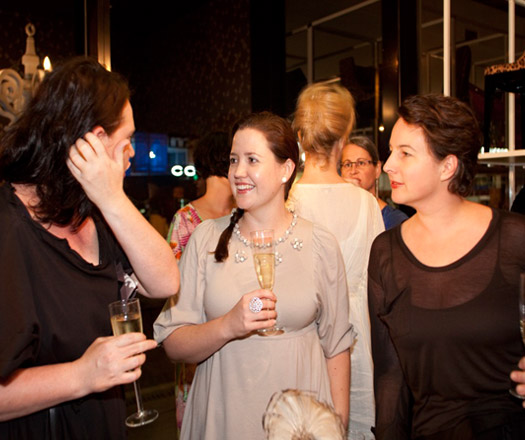
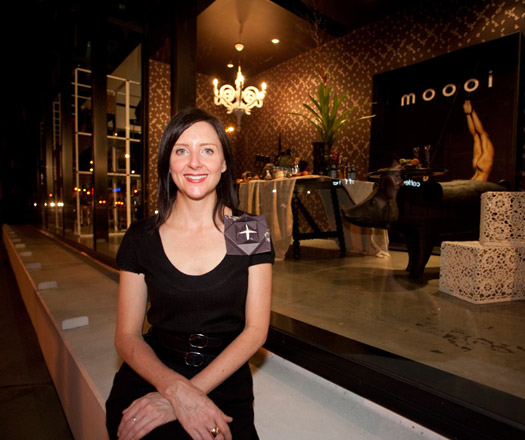
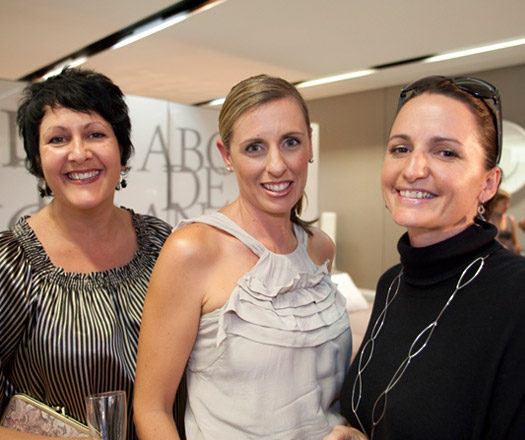


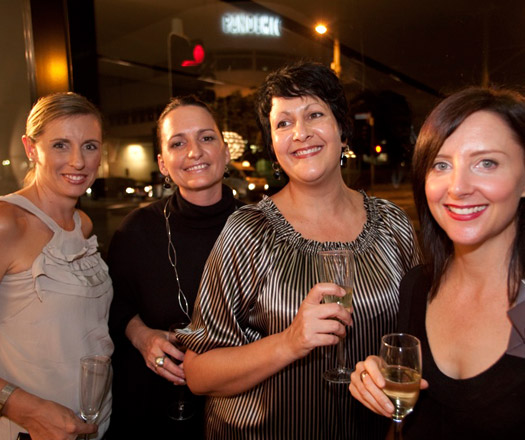
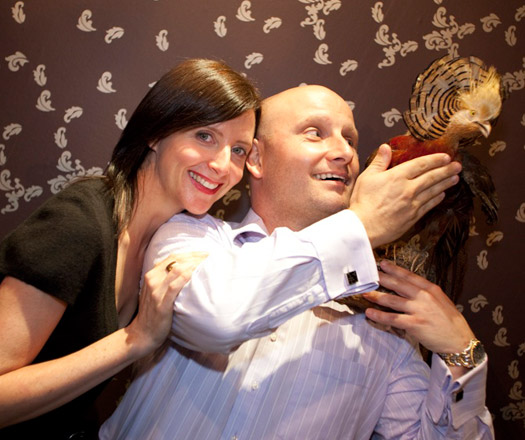
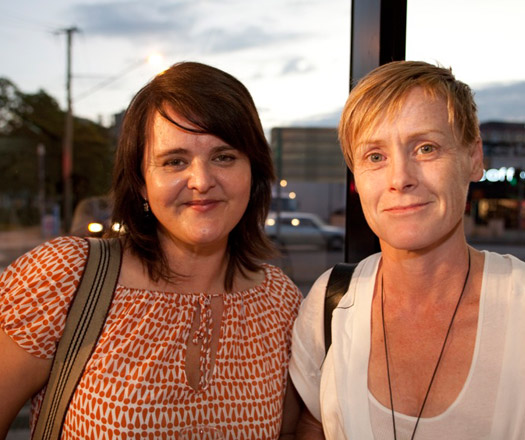

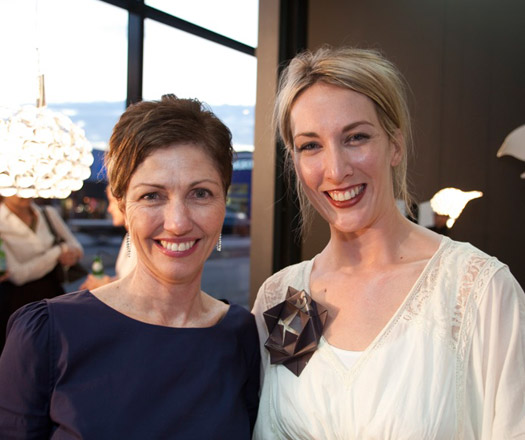
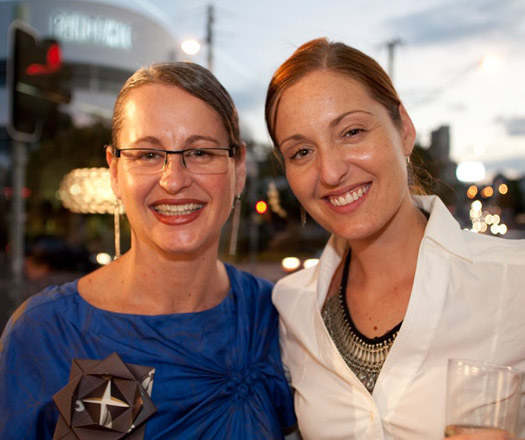
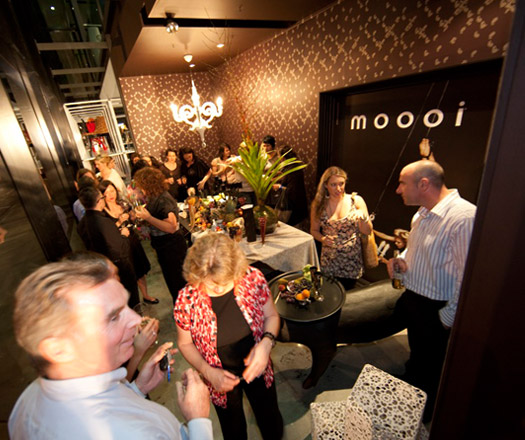
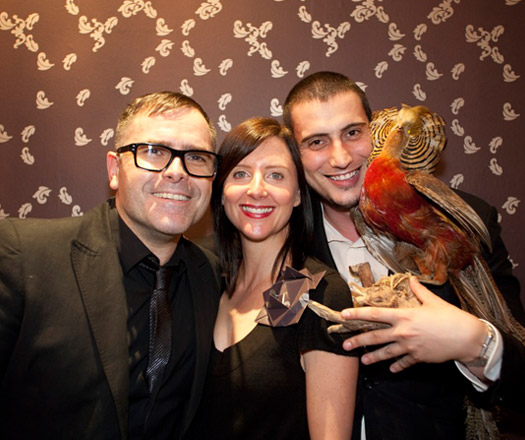

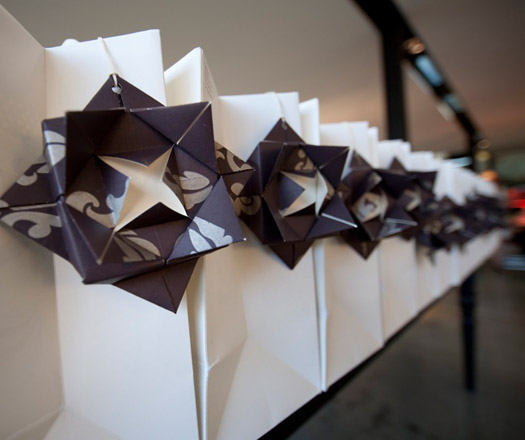
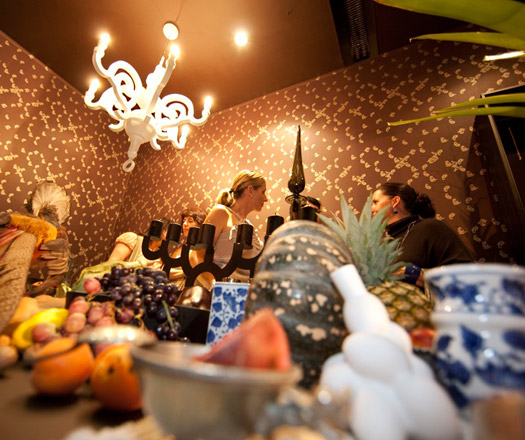
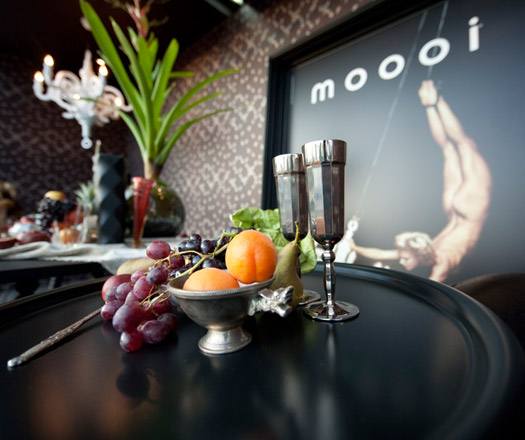
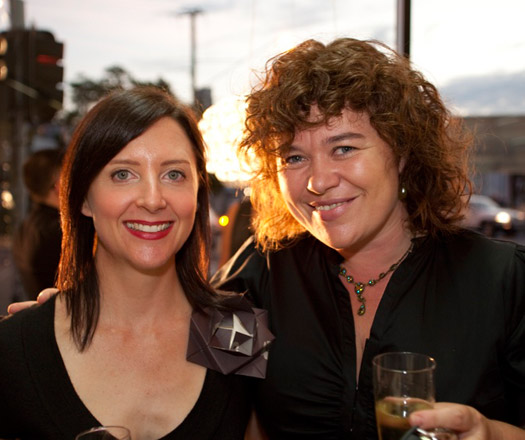


Adam Tarr (Principal and Founder of MZO TARR Architects in London) introduced delegates to the mathematical strategic decision-making process of game theory, and showed how it can be applied to the context of architecture through algorithmic analysis. According to Tarr, game theory can achieve win-win scenarios for architects and other stakeholders in a project by identifying issues and solutions that might otherwise go unnoticed.
He explained intriguing applications of game theory in projects such as an environmentally friendly home, a hikers’ shelter, and an apartment tower where the facade is configured according to choices made by tenants with regard to communal floor area and, therefore, neighbourly relationships. The latter project, named Nash’s Tower (after the game theorist John Nash), offers great potential for enhancing the longevity of architecture through flexibility, and places considerable emphasis on the agency of the users of the building.
Benjamin Hubert (Director and Founder of London-based design studio LAYER) presented six innovative industrial design projects that demonstrated his process of analysing problems, focusing on experience, and creating outcomes with relevance and resonance. His Go wheelchair, for example, addresses the discomfort that’s commonplace with typical wheelchairs via a custom-fitted, 3D-printed solution. Go shows how smart functionality, through smart materials (such as a flexible polymer) coupled with a non-mechanical fluid design language, can put the person first and achieve an outcome that far surpasses the standard.
His modular acoustic screen system Scale (designed for Woven Image) addresses the adaptability that’s needed in today’s open-plan offices, and also demonstrated a holistic approach to sustainability. The componential structural system of ABS is clad with modular hemp tiles. Hemp, he explained, is something of a super material; it grows far more quickly than most trees and absorbs considerable amounts of carbon dioxide. The result is a high-performance product that matches material performance with longevity and adaptability.
Indesignlive.sg and Cubes Editor Narelle Yabuka kicked off a panel discussion with all three speakers by zeroing in on how they are all renegotiating traditional lines of control in terms of the mechanics of creative production and the agency of the user. While they respond to today’s complex conditions, all three are maintaining a strong focus on people – giving the user of a product, space or building a role in how it’s defined. The panel covered topics including software design as a skill for designers, the suitability of typical corporate architecture to the needs of today’s workers, and the connections between architecture and sociology.
The day was rounded off with a bang – an enormous party for over 2,000 guests where the speakers helped to launch Greenlam’s latest laminate collection, Lamagine. The crowd was wowed by Thai musicians Getsunova and Palmy, dancers and contests. Look out for our coverage of the new Greenlam collection!

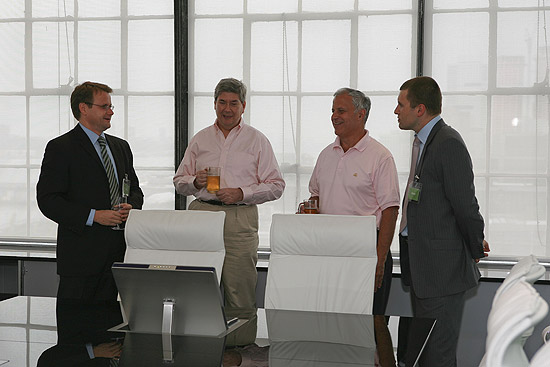
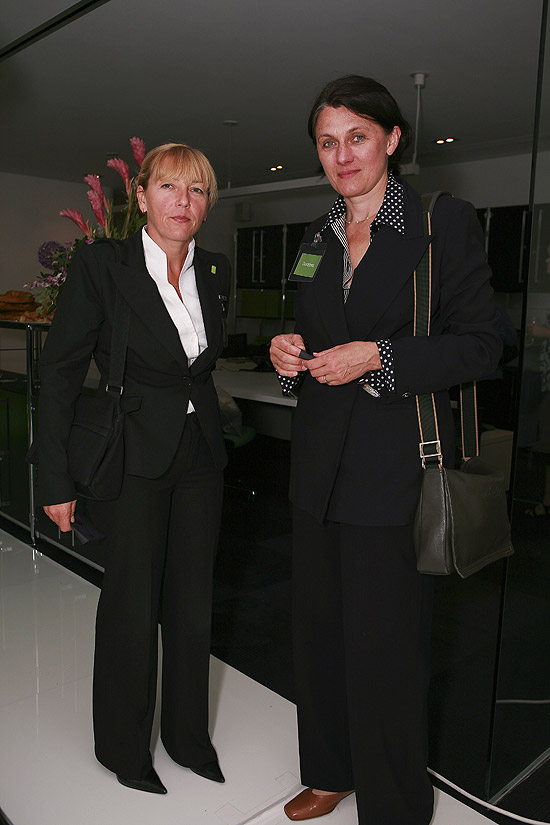
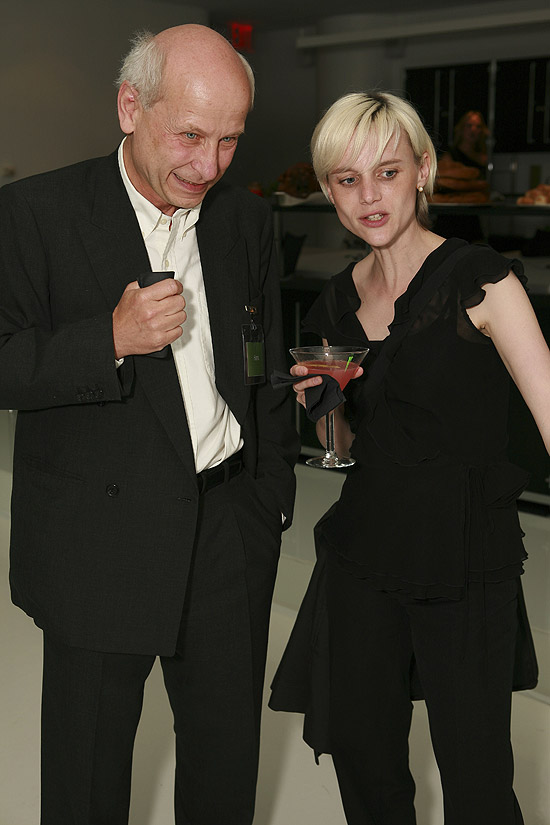
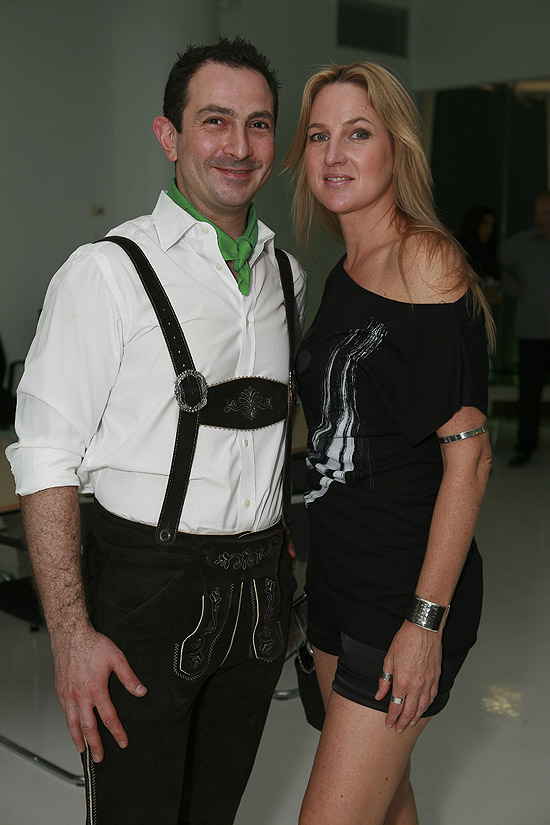
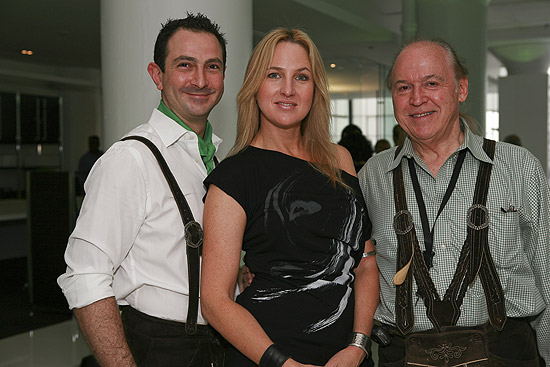
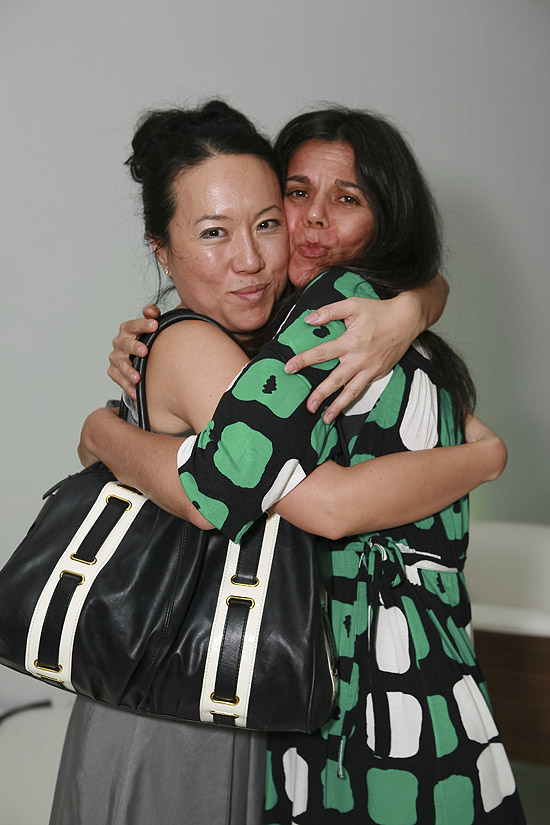
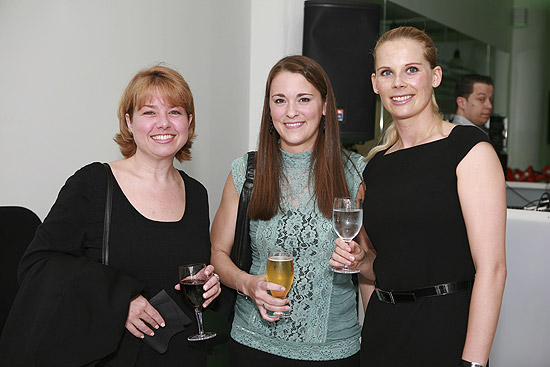
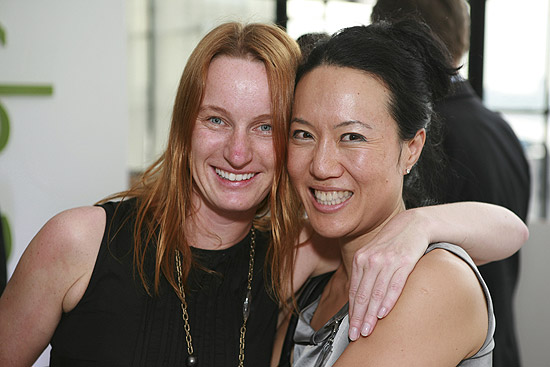

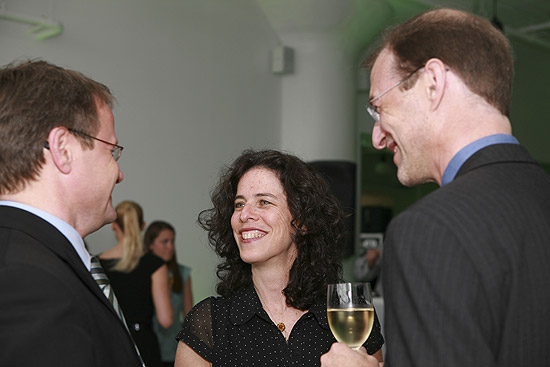

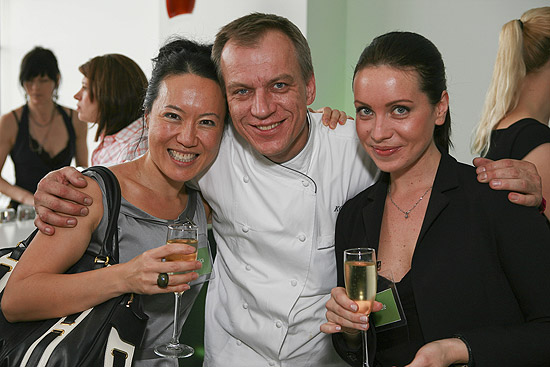

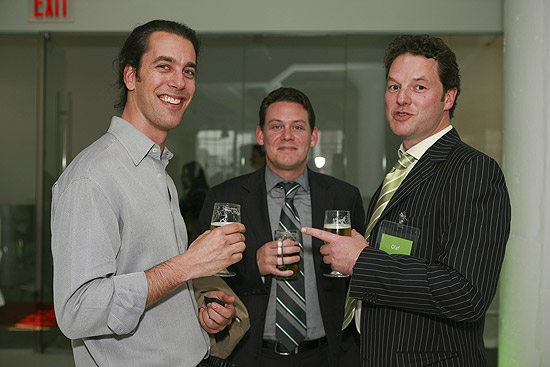
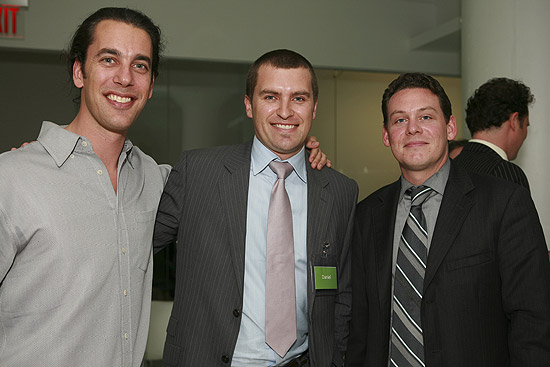
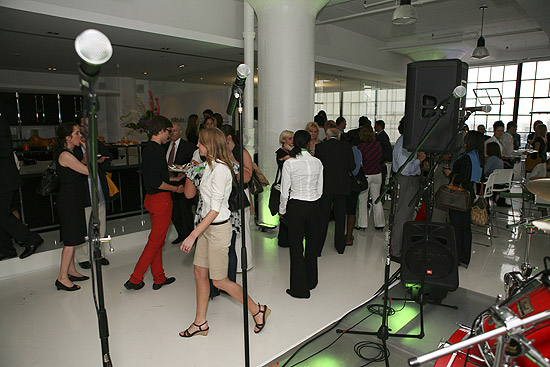
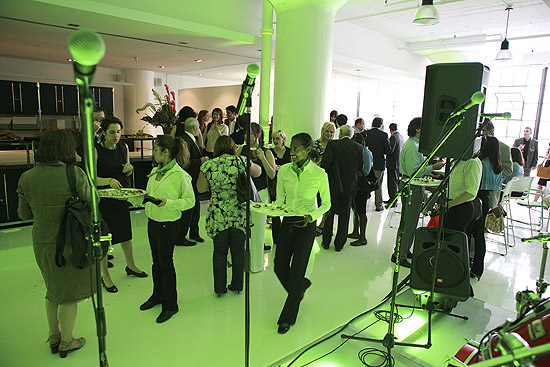
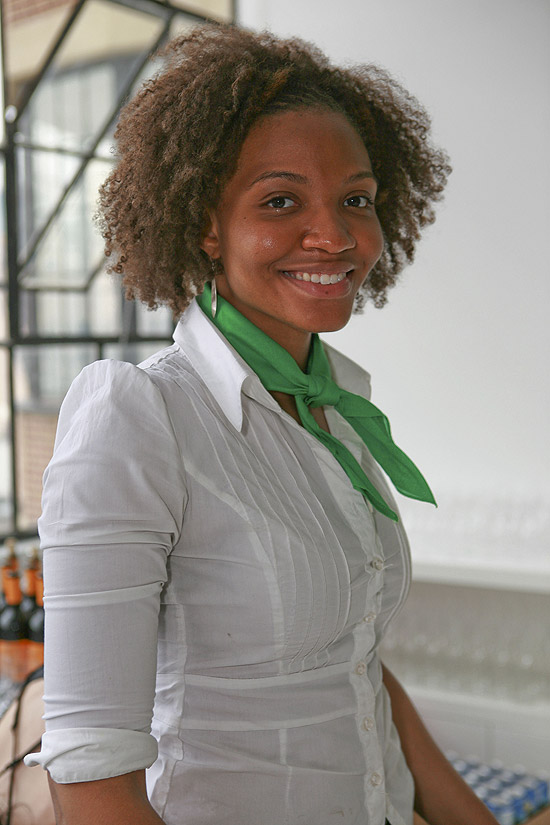
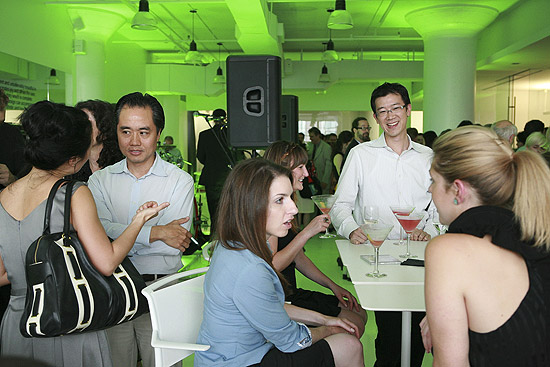

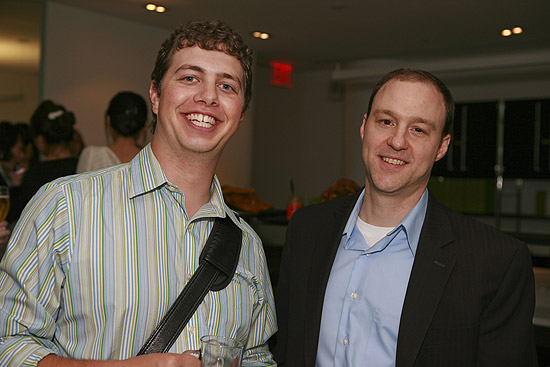
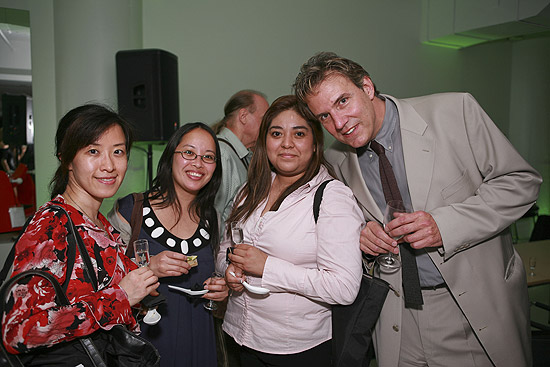
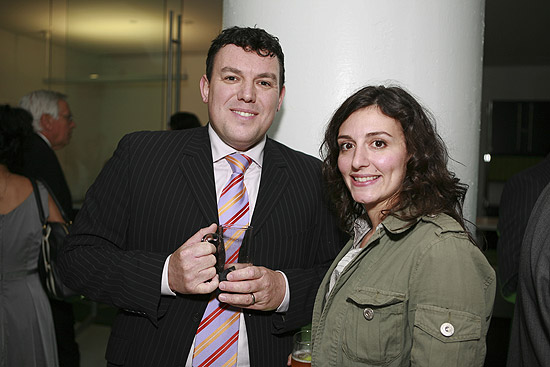
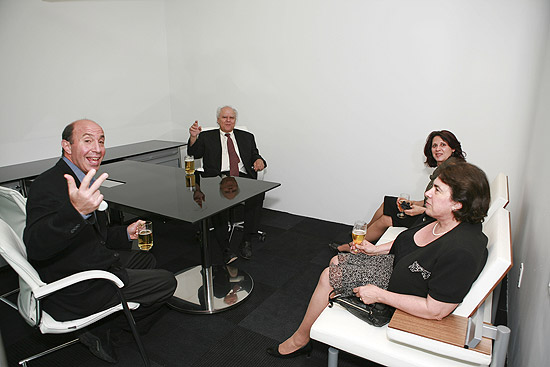
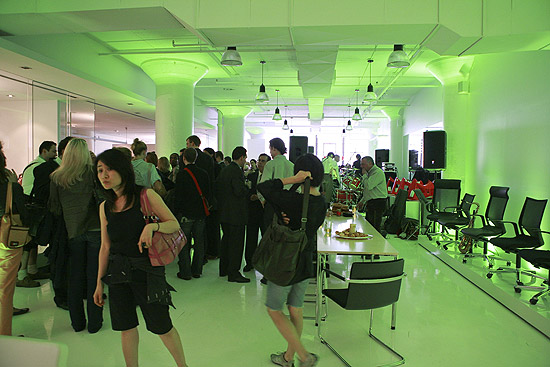
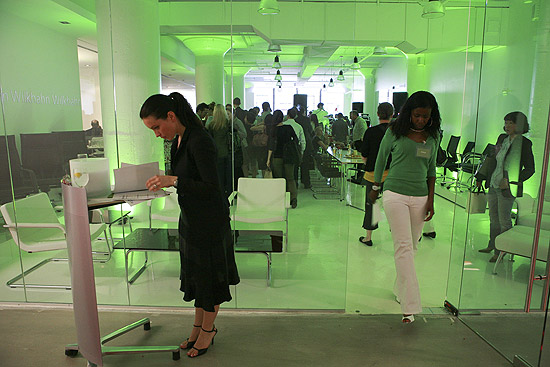

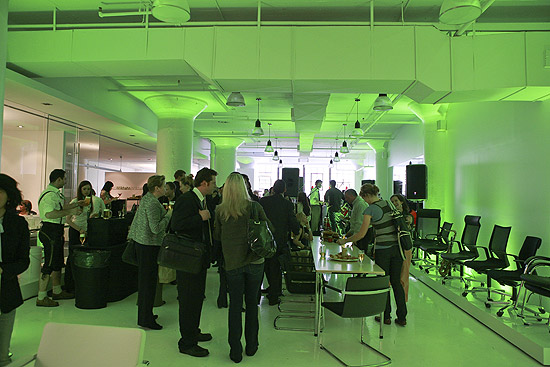
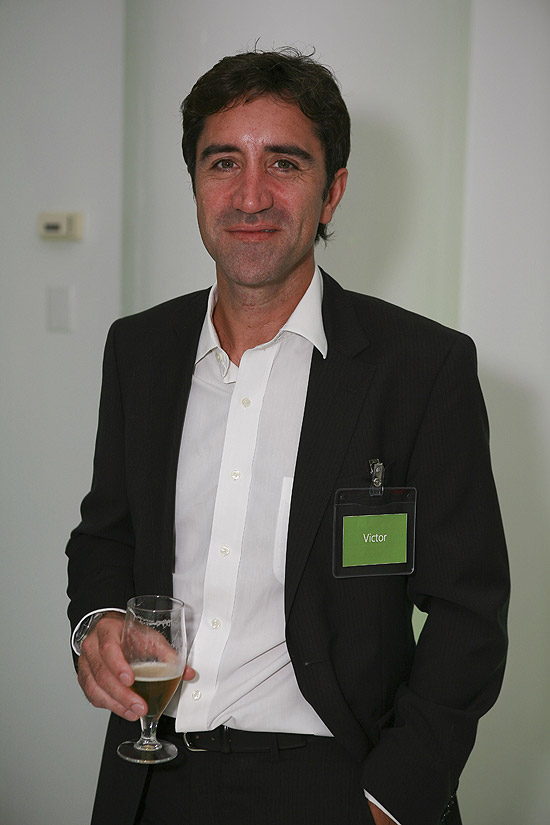
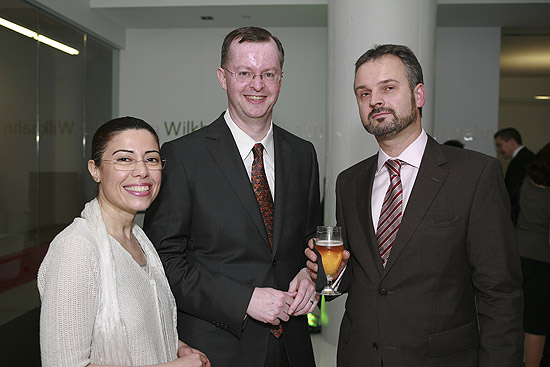
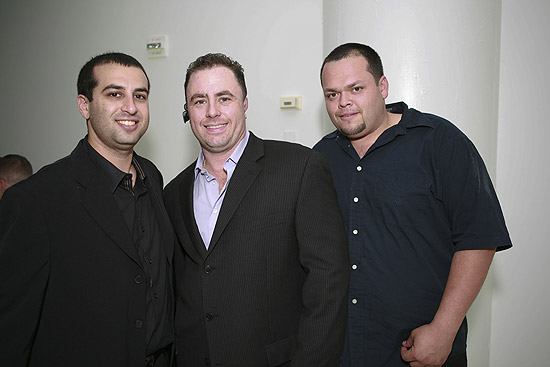
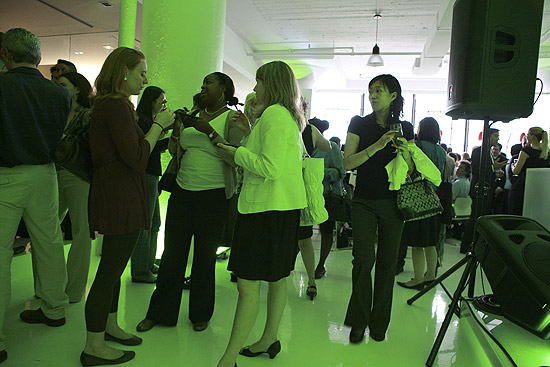
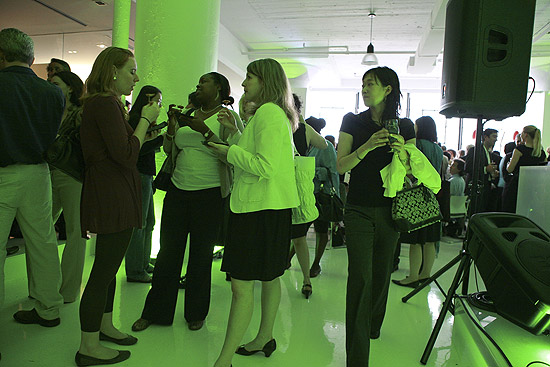
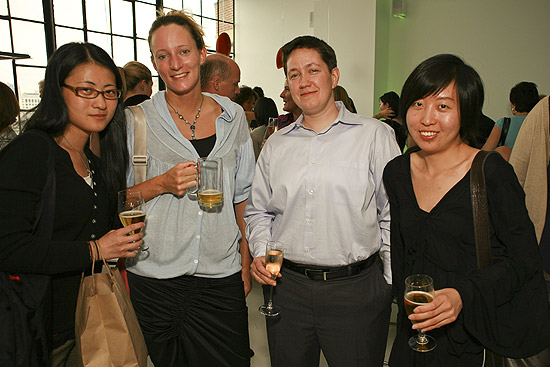
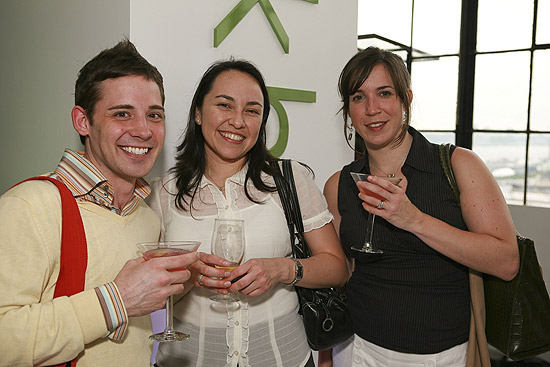
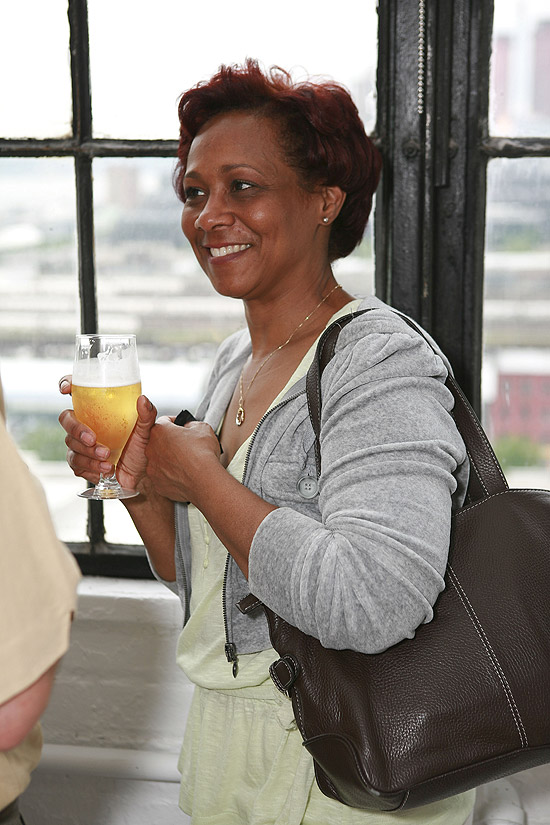

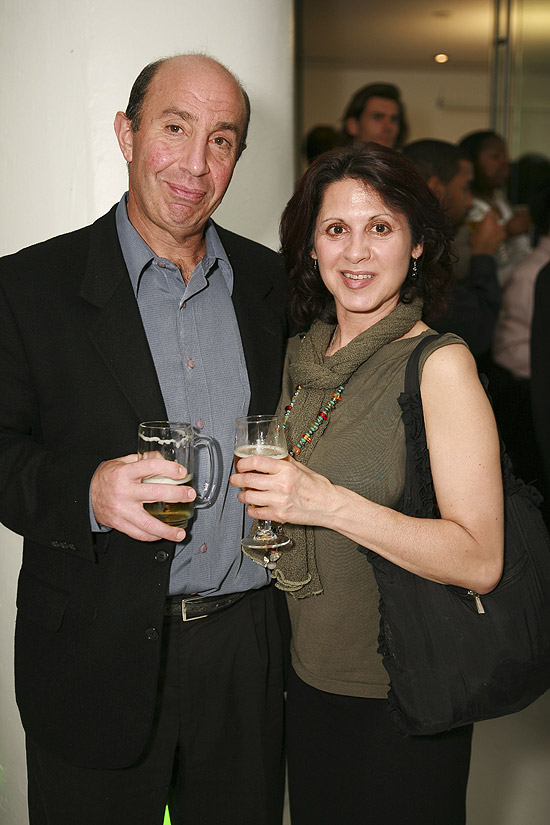
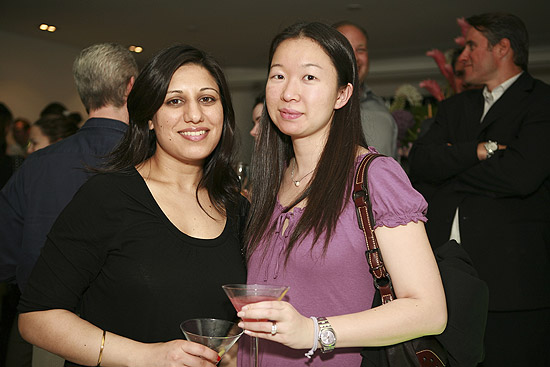
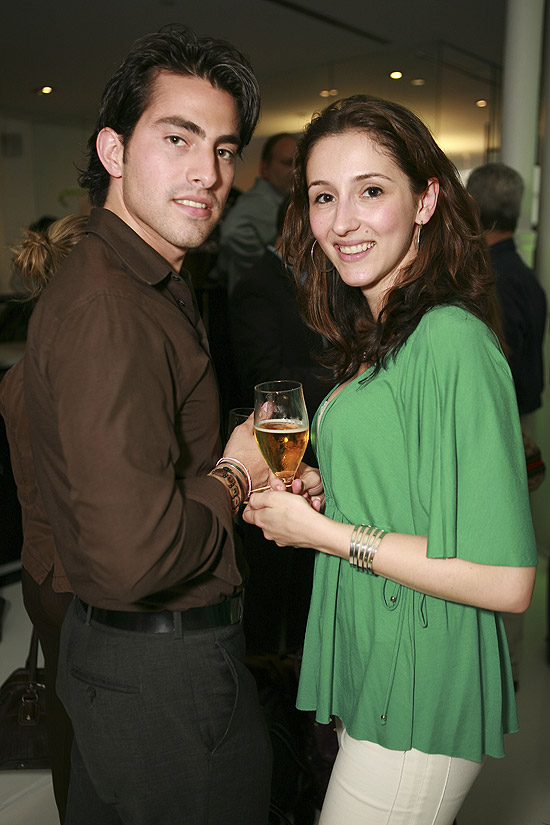
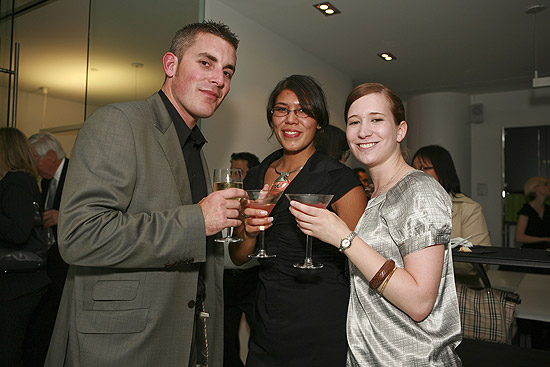
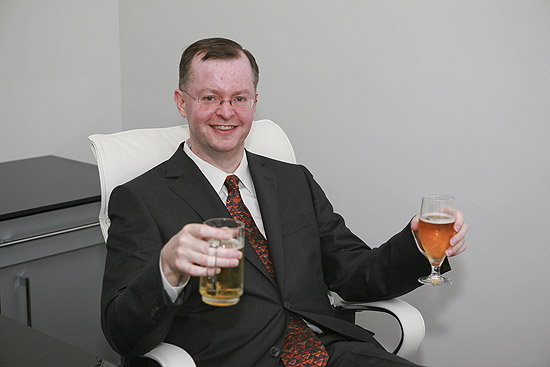

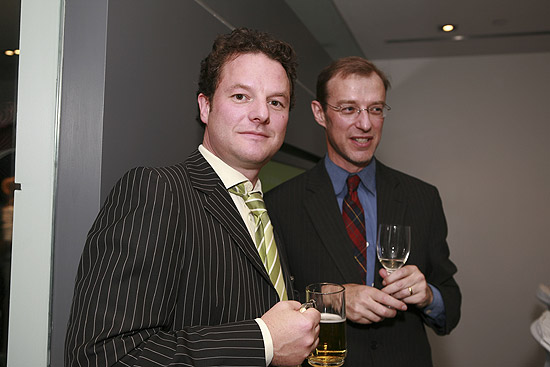
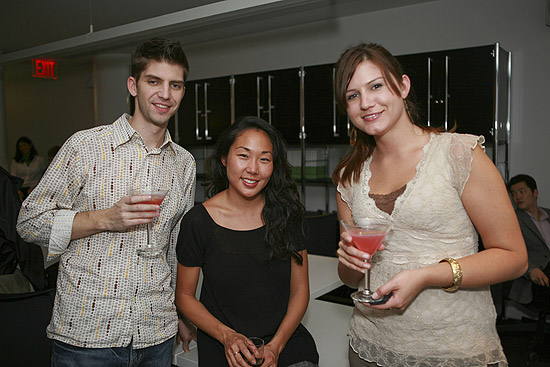
A searchable and comprehensive guide for specifying leading products and their suppliers
Keep up to date with the latest and greatest from our industry BFF's!

In this candid interview, the culinary mastermind behind Singapore’s Nouri and Appetite talks about food as an act of human connection that transcends borders and accolades, the crucial role of technology in preserving its unifying power, and finding a kindred spirit in Gaggenau’s reverence for tradition and relentless pursuit of innovation.

Following its successful inaugural event in early 2024, the Vietnam International Trade Fair for Apparel, Textiles, and Textile Technologies (VIATT) is gearing up for its next instalment in 2025.

XTRA celebrates the distinctive and unexpected work of Magis in their Singapore showroom.

Within the intimate confines of compact living, where space is at a premium, efficiency is critical and dining out often trumps home cooking, Gaggenau’s 400 Series Culinary Drawer proves that limited space can, in fact, unlock unlimited culinary possibilities.

How, as adults, do you design a hospital from a child’s perspective? That was the challenge given to the team behind Perth Children’s Hospital: JCY Architects and Urban Designers, Cox Architecture and Billard Leece Partnership (BLP), with HKS Inc.

Greenlam brought together 800 regional architects and designers in Bangkok for a master conference focused on design innovation, and followed it up with a huge party for over 2,000 people to celebrate its latest products!

SGID 2019 immersed the community in design’s big issues in an exciting, fun-filled day. If you missed it, don’t worry, we’ll get you up to speed on the products and discussion topics you need to know. But you’ll have to wait till next time for the community connection!
The internet never sleeps! Here's the stuff you might have missed

GEYER VALMONT recently threw a party celebrating the official launch of their unified brand, 20 years of Valmont and the opening of a new home in the heart of Sydney CBD.

Thanks to OnArchitects, a small narrow site is now an exciting destination for eye care needs as design leads the way in experiential retail.